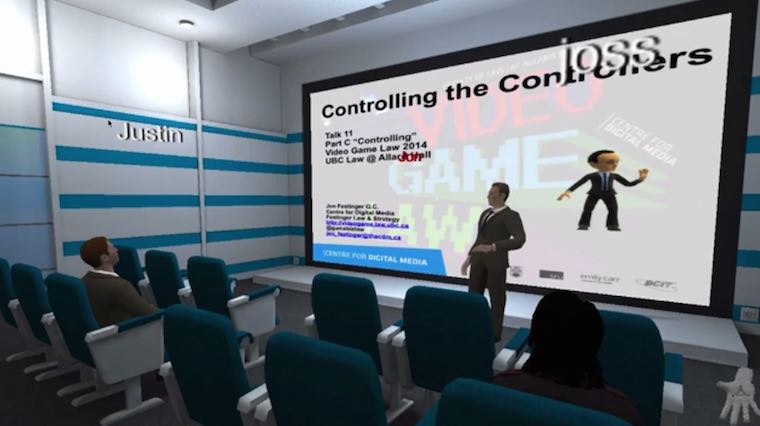14 Haziran 2021 Pazartesi
MOOC Certificate
Enhancing Perspectives with AR
Ar, short for Augmented Reality, is the technology of incorporating apps and useful tools into our daily lives, to our vision, to be specific. It is still a raw technology potential of which is waiting to be discovered in the future. Google Glass was one of the first and perhaps one of the most important AR inventions, but to be blunt, it has failed and still yet to be refined to be a catch in the market. Currently, the way ARs are used is usually through QR codes. Here is an example from Arize
Simply open a QR reader from a smartphone and it will give you a link in which you will be able to see the chair in 3D and rotate. QR codes such as these can be put in books or in real life places to save students from monotone lessons. Creating QR codes are as easy as they get, there are numerous amounts of websites in which you can generate the codes for free. My personal favourite is QRCode Monkey for its simplistic layout, ease of use and wide variety of options to customize QR codes to your likings.
Shifting Realities with VR
VR, short for Virtual Reality, is a rather new technology with its most noticeable advancement began thanks to the making of Sensorama in 1962 by Morton Heilig.
MOOC Certificate
Massive Open Online Courses are useful platforms to supplement learning in free time. Since I study Japanese when I can afford the time,...

-
Ar, short for Augmented Reality, is the technology of incorporating apps and useful tools into our daily lives, to our vision, to be sp...
-
Massive Open Online Courses are useful platforms to supplement learning in free time. Since I study Japanese when I can afford the time,...
-
Educational experience framework is the presence types that occur during lessons. Each types of presence affect the educational experien...







